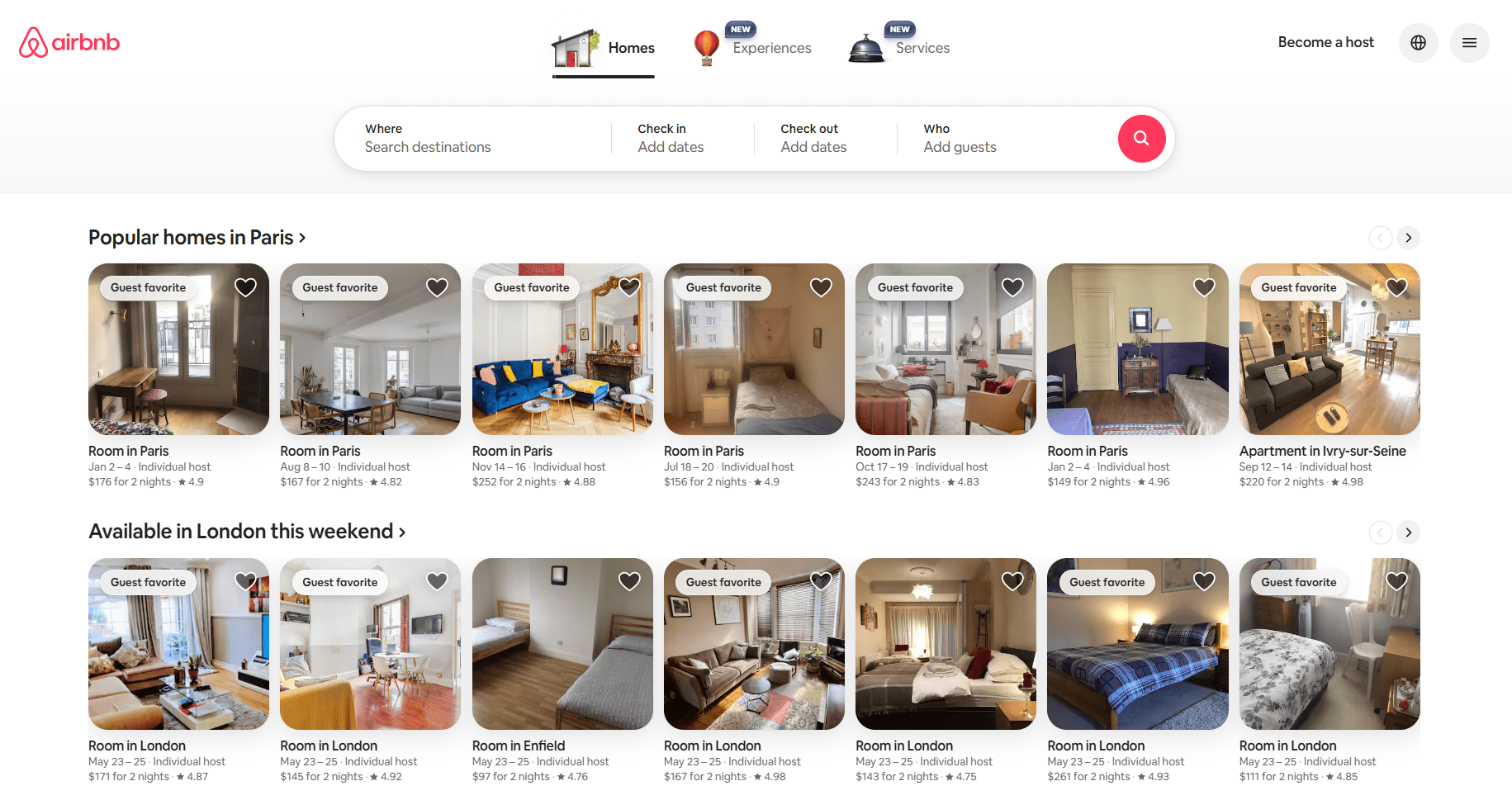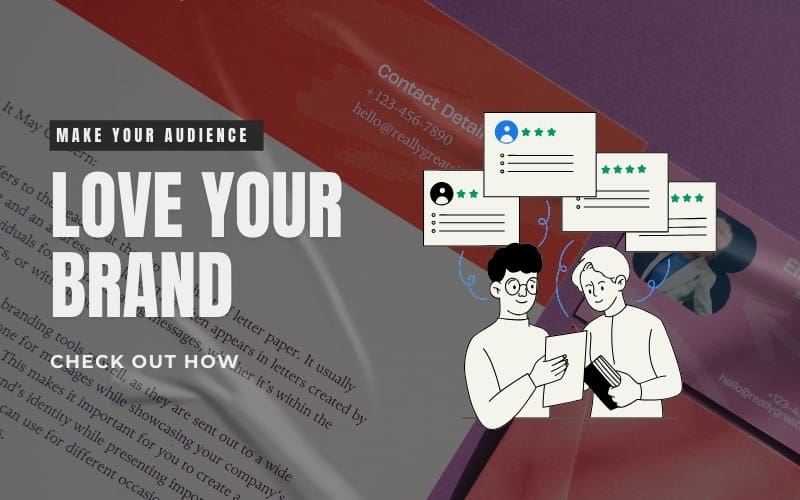Brand identity is the visual representation of your brand that sets it apart from competitors. It includes business colors, typography, logos, and other elements that distinguish it. All these elements work together to convey the brand’s message to the consumers.
Psychology Behind Brand Identity
Have you ever wondered why children’s clothing brands often use pastel colors? And why do finance companies usually choose the color blue for their branding? It’s all about the color psychology (study of how colors influence human emotions, behaviors, and perceptions) behind it. Where the red color ignites passion and danger, the blue color represents trust and dependency. And that’s why banks and finance companies use blue in their logo to be seen as trustworthy and reliable! Similarly, pastel colors are more often used in children’s clothing brands because they give cool, soft, and fun vibes. The relationship of colors with emotions is undeniable, which helps graphic designers decide what to choose while designing a brand identity.
Brand Identity vs Brand Image
Where brand identity is a brand’s self-representation, brand image relates to how your customers perceive you. Here are various aspects that can help you differentiate between brand identity and brand image.

The Role of Graphic Designing in Shaping Brand Identities
In today’s visually driven world, graphic design is pivotal in shaping brand identities. Whenever we think about iconic brands like Nike or Apple, visual elements like a logo instantly come to mind. The graphic designers carefully design these elements to leave a long-lasting impression on consumers’ minds.
Graphic design plays a critical role in shaping how consumers perceive a brand. From logos to color schemes, these visual elements influence trust and loyalty. Strong visual branding creates consistency, builds recognition, and helps companies stand out in a competitive market.
The Power of Visual Consistency
Consistency is the key when it comes to building a solid brand identity. Your brand should be instantly recognizable across all touchpoints, whether it’s a website, logo, brand packaging, or social media profiles. That is why designers ensure that a brand’s visual identity is consistent. Similarly, the logo is the first thing your consumers notice, and it acts as the face of your brand. A well-designed logo encapsulates your brand values and its essence, making it essential to make choices that are significant to appeal to the target audience.
For Example: A brand-like channel will likely opt for a sophisticated color palette and elegant typography.
Storytelling Through Design
Storytelling is a powerful tool to engage the audience. Graphic designers use illustrations, photographs, and infographics to engage the targeted audience visually.
The brand story goes beyond its products or services. It surrounds its origin and values. By visually representing these narratives, designers have the power to create an emotional connection between a brand and its audience. Take the example of Airbnb, for instance. It uses vibrant colors, diverse photography, and playful typography to convey its message of adventure.

Graphic Designing and Digital Marketing
What do you think will get the most leads, a well-designed social media post or just a random one downloaded online? You have understood the fact by now that you don’t just need a logo, you need a brand. And digital marketing is equally important as the existence of your brand. Visual content such as social media posts, online ads, and email newsletters is highly shareable and captures the attention of your audience. Whether it’s a website we’re talking about or banner designs, graphic designs help convey your messages and are crucial for your brand’s success.
Initiating the First Impressions
Impressive graphic design helps initiate the first impression. When you start a business and present it online, the first thing you wait for is some activity on your social media profiles, the first impression. Getting first impressions can be hard with a lot of competition in the digital world. But when you have a powerful graphic design team, getting first impressions might not be that hard.
Get Noticed with Stunning Graphic Design!
Having an online presence doesn’t mean simply putting your product online; you must present it correctly. You must always keep in mind the competition you are working against and what sets you apart from others. There can be factors in digital marketing that you might not control, but presenting your product or services graphically appealing way is in your hands. That’s why businesses invest in graphic design services, because they know this can make them win the fight.
Collaborating With Graphic Designers
Here are a few things that you need to keep in mind before and while collaborating with the graphic designers.
1. Be Clear with Your Goals
A successful project starts with clearly understanding objectives, missions, and creative briefs. You should provide complete information about your business and its objectives to the designers to make sure that you and your design team are on the same page. Sharing deadlines and possible obstacles will give a good understanding of projects, and the designers will better know whether they can meet your requirements.
2. What Type of Skills You Need
It will only help you if you have a basic understanding of the design world. In this way, you can easily shortlist the candidates for your project.
For Example: Will the designs be created in Adobe Illustrator or Photoshop? Will your campaign designs use pre-existing templates, or do you want graphics to be designed from scratch? Answering these types of questions in your mind will make the requirements clearer for you and the graphic designer.
3. Start with a Trial Project
It is a better practice to start with a trial project when choosing from multiple designers. It will narrow down the list. Secondly, the trial project doesn’t necessarily need to be a difficult one.
For Example: You can ask them to do a simple task that only needs a few hours to be completed, like creating a logo or updating any of your previous projects. Always keep in mind that the trial task should always be a paid one.
4. Don’t Rely on Portfolios Alone
Choosing a graphic designer based on their portfolios is not a great idea. Instead, schedule an interview with them, whether online or on-site, and ask them about their designs and what inspired them to create those designs. This way, you can have a better understanding of their creativity level and what inspires them.
Final Words
Just like your own unique name and identity, brand identity makes your business stand out uniquely among others. It ensures brand consistency and helps create memorable brand experiences. From your brand logo to product packaging and website interface, your brand identity is carefully created by graphic designers to leave a lasting impression on your consumers. It plays a vital role in running a successful business by visually communicating with the audience and their emotions, ultimately improving trust and credibility. To sum up, a strong brand identity with its visual brand language not only enhances your brand’s visual appeal but also builds a sense of connection and recognition among your target audience.
FAQs
How can design build trust and loyalty with customers?
Consistent visuals, thoughtful color choices, and a well-crafted logo help create a professional and trustworthy image. When customers see the same style across your website, packaging, and social media, they begin to recognize and trust your brand.
What is graphic branding and identity?
Graphic branding and identity refer to the visual elements, like logos, colors, typography, and design styles that represent your brand. These components come together to visually express your brand’s personality, values, and mission.
What are the key elements of visual branding?
The main elements include your logo, color palette, typography, imagery, and design layout. These elements should consistently reflect your brand’s tone and message across all platforms.
How can graphic design improve digital marketing efforts?
Graphic design boosts your marketing by making content more engaging and memorable. Eye-catching visuals in social media posts, ads, and emails help capture attention and drive better results.
What are the challenges in maintaining a strong brand identity?
Inconsistency is a major challenge. Using different styles or colors across platforms can confuse your audience. Lack of brand guidelines and poor communication with designers also weakens brand identity over time.





